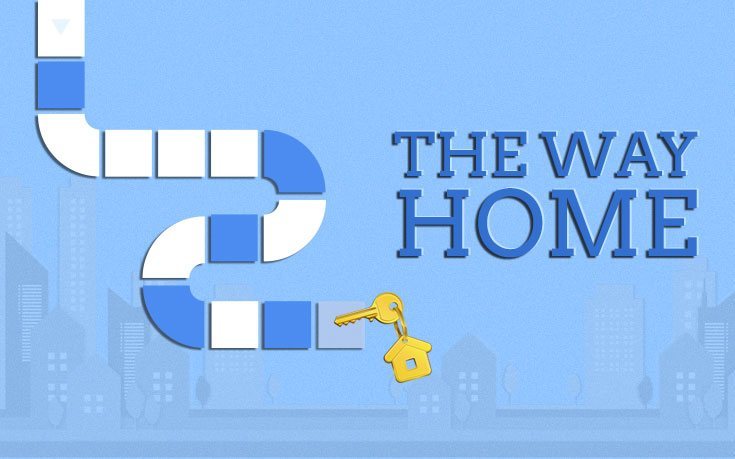
If you want to buy a home this year, here are five tips on how to buy a house in 2019. At Benchmark, we make the effort to make it easy to claim your piece of the American Dream.
Watch this video, then read last week’s article linked below.
This New Year, Reach Your Dream of Homeownership
1) Know Your Target Home Value and Down Payment
To be able to know if you can realistically afford to be a homeowner, you should first explore your local housing market to find out how much you should expect your new home to cost.
You can use the “How Much House Can I Afford?” tool to get a realistic estimate. We also have a variety of Calculators right here at Benchmark.us to help calculate a number of factors, comparisons, and scenarios.
To get an idea whether the house you have your eye on is priced fairly, you should also ask your real estate agent for a Comparative Market Analysis. (see also: Find A Great Real Estate Agent The Easy Way)
When you have an idea of the cost of your future house, you can roughly calculate how much you will need for your down payment. Think you need 20% down?
Think again. See last week’s post, “This New Year, Reach Your Dream of Homeownership” if you haven’t already.
2) Know Your Cash Flow
Saving can be challenging, especially if you are not used to tracking your expenses. To improve your chances of saving success, you should know where every dollar that you earn is going every month. Check with your bank or credit union, as many banks and credit unions include tools for this. You can also use third party tools like Mint, YNAB, everydollar or even a simple spreadsheet. The more organized your plan towards achieving the goal, the more successfully you will be able to save.
If you read our previous post This New Year, Reach Your Dream of Homeownership, you will recognize the link between consistent savings and your down payment. A budget can help you do that.
If it will take you several months or years to save for your down payment, you could even consider opening a high yield savings account to get your savings earning as well.
3) Know How Much House You Need
For many, the first home you buy is not the first home you want. If the home you want is beyond your financial reach, it could still make sense to settle on a less expensive buy, if your budget and standards allow.
It could cost you far more money in the long run to wait until you can afford the house you want, when a house you could be happy with is within reach now. You can always “trade up” when the time is right. You will have to make this decision for yourself, but it is something to think about.
In an earlier article entitled Millionaire Tells Millennials To Buy A Home, we mention that David Bach, author of “The Automatic Millionaire” is quoted as saying,
“The fact is, you aren’t really in the game of building wealth until you own some real estate.”
Mr. Bach also said,
“Oftentimes, buying your first home means you’re not buying your dream home. You’re just getting into the market.”
If that isn’t enough, you can read “Homeowner Average Net Worth 3,600% Higher Than Renter” for more reasons to consider getting started sooner rather than later.
4) Know The Steps For Buying A Home

I have a convenient interactive tool right here on my website to help walk you through the steps to take when buying a home.
We built a tool for our Loan Officer websites that asks a series of questions to give you an personalized step-by-step plan for buying your next home. Need a plan for refinancing? It does that too.
To use this tool for yourself, you will need to find a loan officer in your area Find Your Loan Officer, then click on “The Way Home” in the navigation menu.
To use this tool, you will need to find your Loan Officer and go to their website by clicking the link that looks like this:
![]()
Once on your loan officer’s website, look for the “The Way Home” navigation link (below), and click.

5) Keep Your Cool
Do you feel overwhelmed by what appears to be a monumental achievement? We understand. Do you wish it could seem easy? This is what we do every day.
At Benchmark, we have such a great team, that we have been able to make mortgages happen for borrowers who had already been turned down by another lender.
Not sure where to start? No problem. We are honored to help guide to towards your dream of owning your own home with a mortgage that aligns with your personal financial outlook.
Even if you are concerned with debt, your credit history, or even your down payment, let’s chat! If you want to make your dreams a reality, we are here to help make that possible.
Find your branch, and contact them today. If you are ready, you can click to Apply Now. We look forward to helping you reach your goals!Call or email us, or Contact Us today. If you are ready, you can Apply Now. We look forward to helping you reach your goals!Call me, Email Me, or Contact Me today. If you are ready, you can Apply Now. I look forward to helping you reach your goals!
